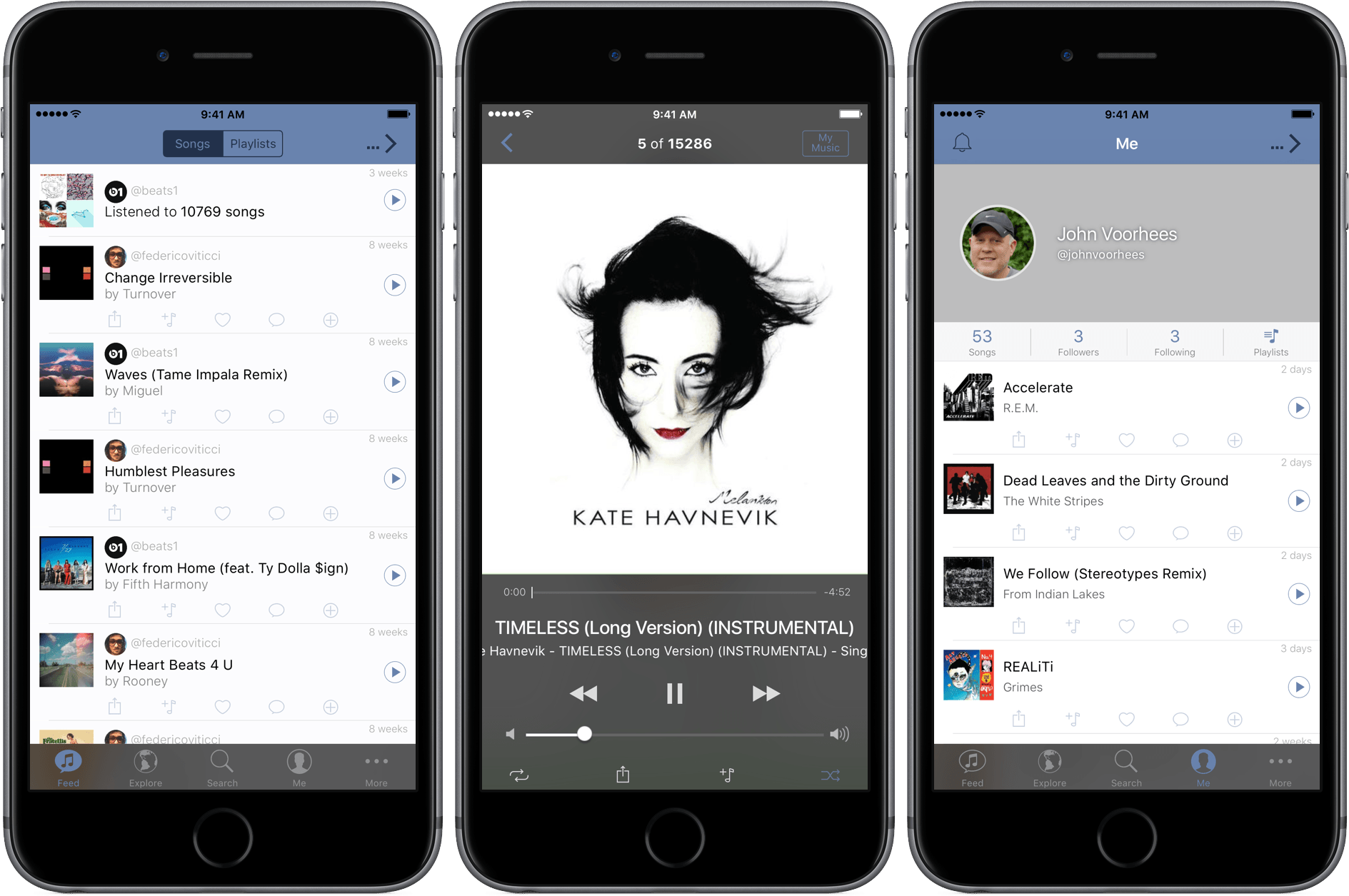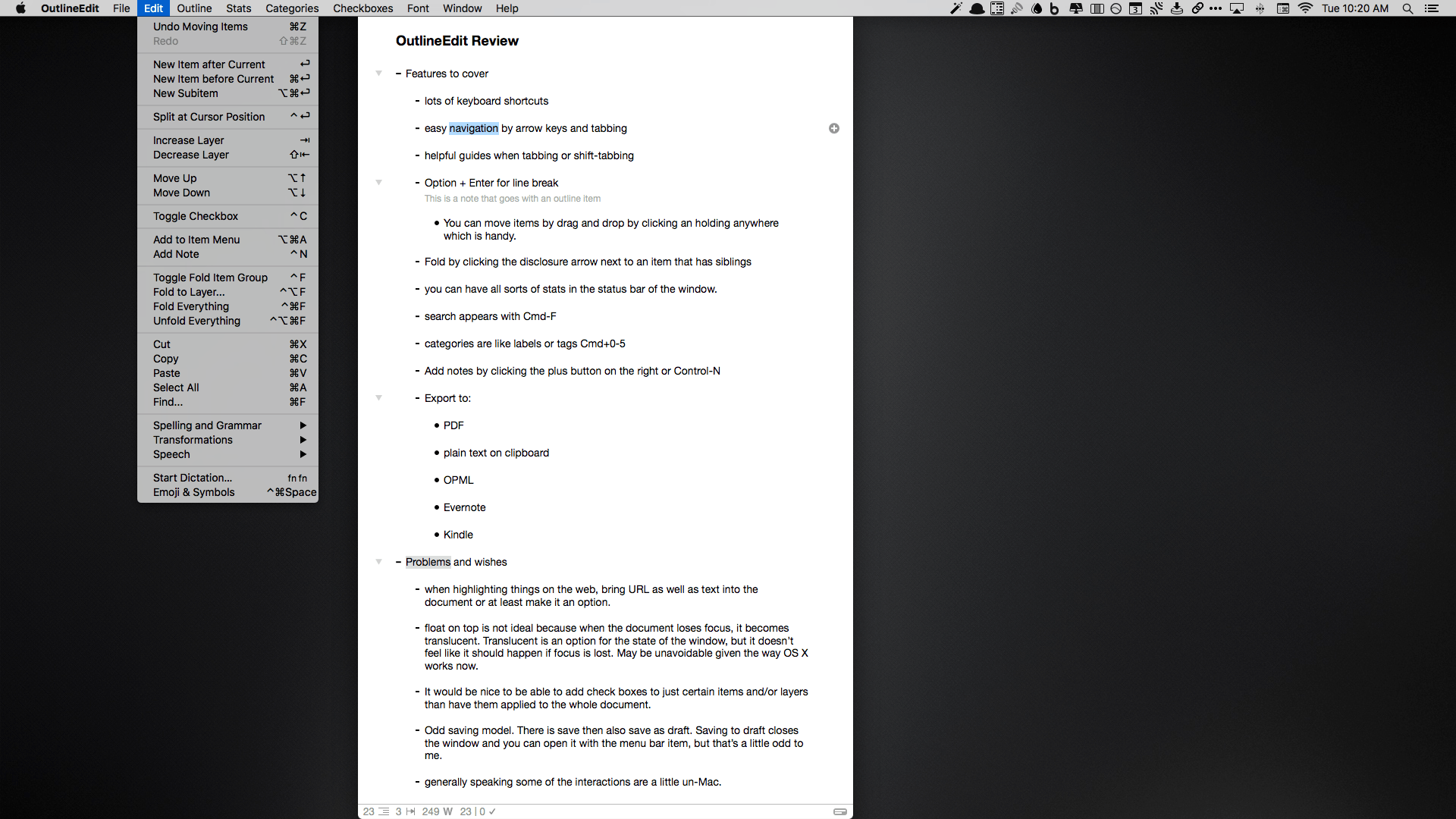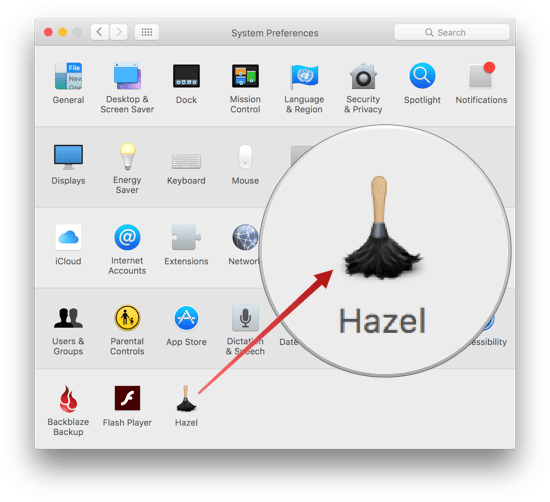Today, Mateus Abras launched SoundShare 2.7, a social network for music lovers. SoundShare is an iPhone-only app designed to break down the walls between competing streaming services so that it’s easier to share music with your friends. Integration with Apple Music, Spotify, and Deezer allows music sharing with others and collaboration on playlists regardless of which service your friends use.
The social aspect works on the familiar follower/following model. When you play songs in SoundShare by giving it access to your streaming service, they are added to your SoundShare music stream after thirty seconds. If you prefer to listen to your music through a different app, you can add songs to your stream, or a SoundShare playlist, with SoundShare’s extension. Your followers can then listen to the songs in your stream using whichever service they prefer, add your songs to their streaming service, incorporate songs into SoundShare playlists, post comments, send SoundShare links, and like songs in your stream. The only limitation is that the songs shared must be the libraries of both services for you and your friends to enjoy them.
SoundShare shows a lot of promise. The music streaming market is fragmented and there is little incentive for service providers to build tools to share music across platforms. As a result, third-party developers have begun to step into the void.
I recently reviewed SongShift, a simple utility for transferring music from Spotify to Apple Music and back again. SoundShare aims to take third-party integration of streaming services in an entirely different direction by building a social network on top of streaming services. Social networks are notoriously hard to grow to a size where they reach critical mass and I have some doubts about the extent of the demand for music sharing beyond what is already achievable with existing social networks, but it will be interesting to watch SoundShare try with what in my limited testing is a well-considered, solid app.
SoundShare is a free iPhone-only download from the App Store.






